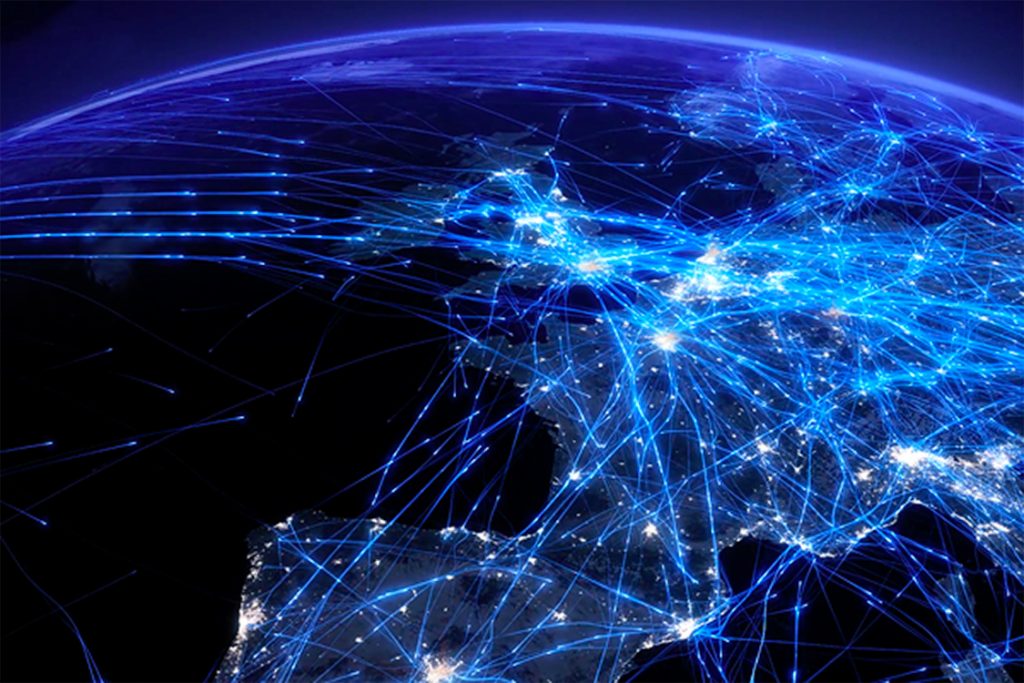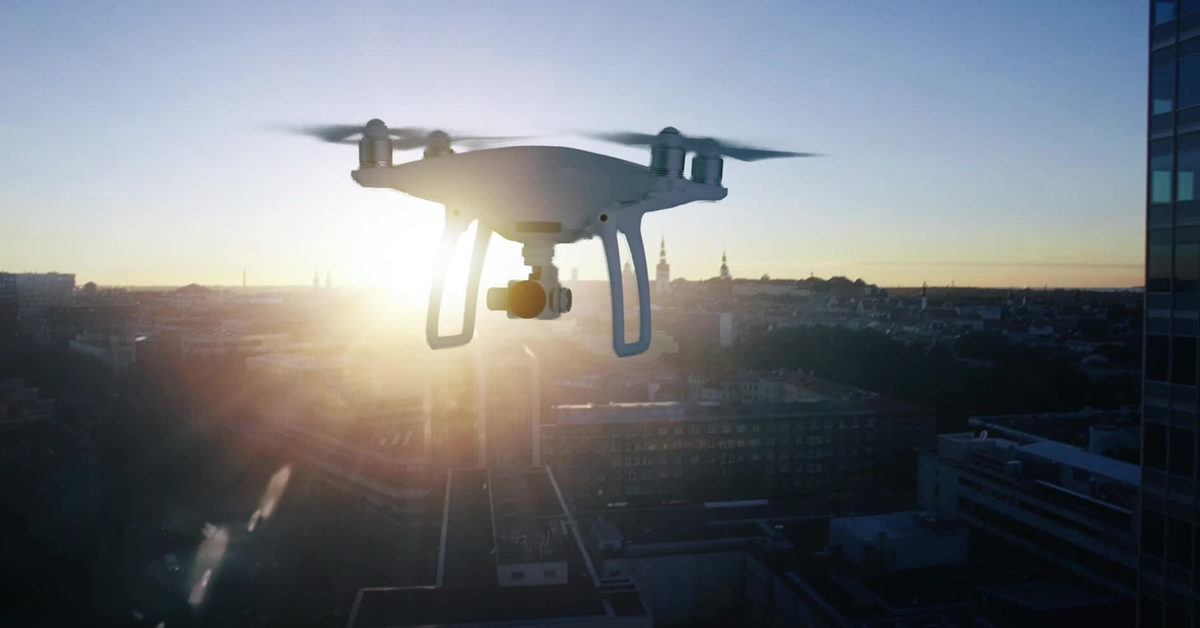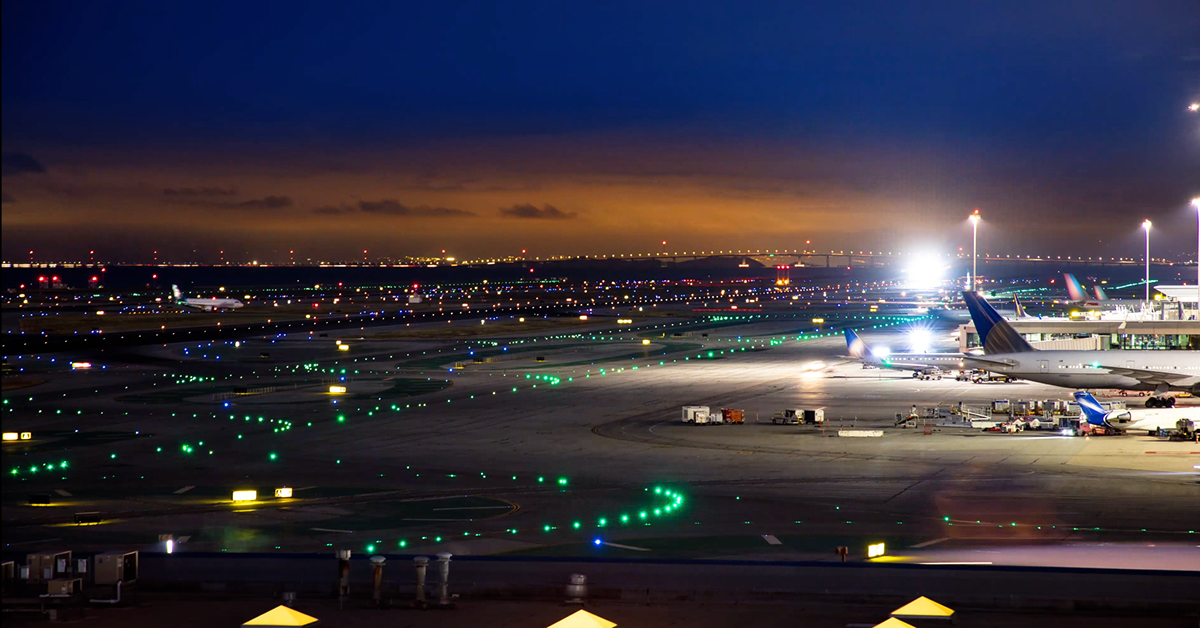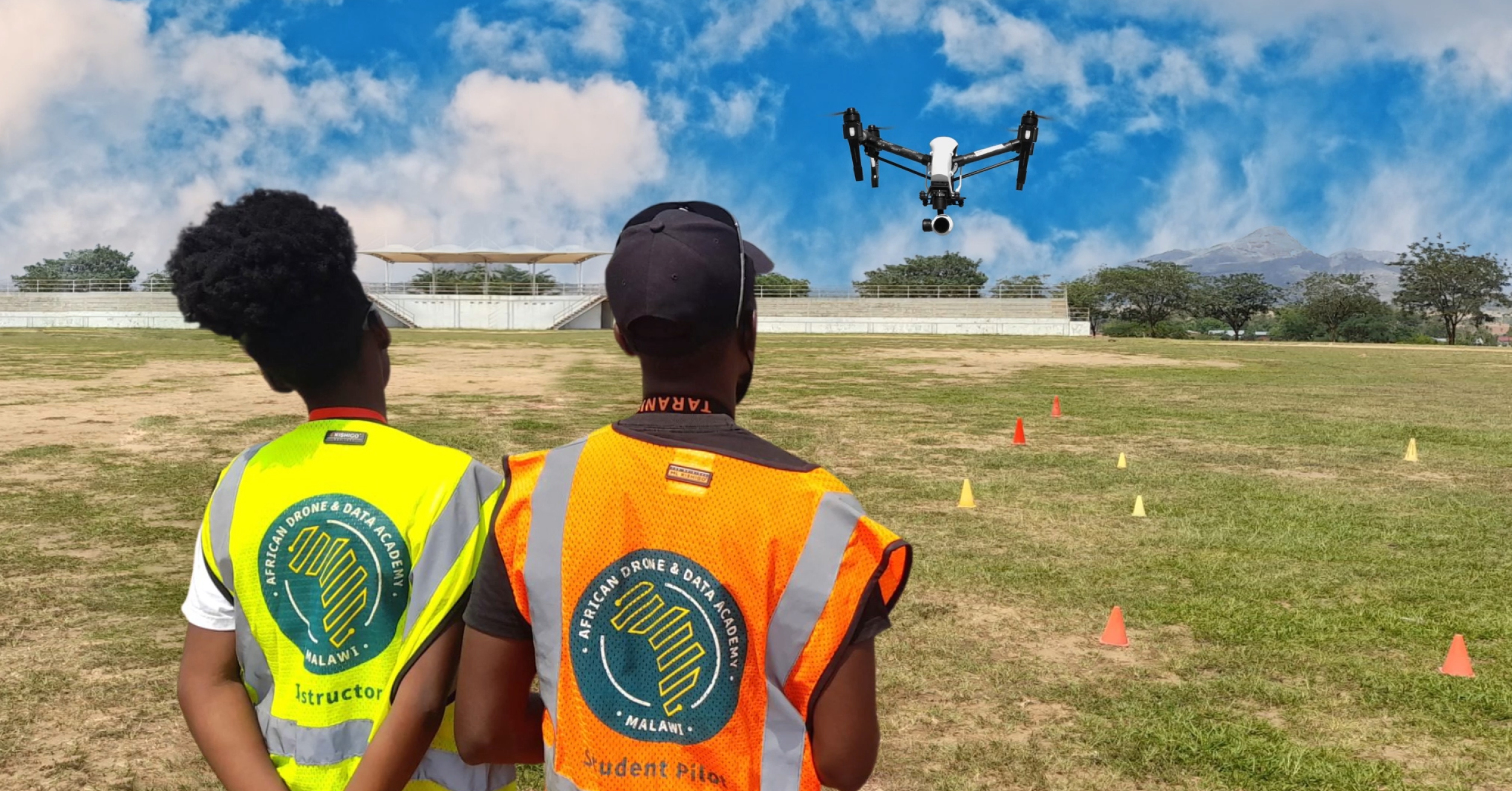Airspace Q2 2019 – A time for action
European ANSPs need to accelerate the implementation of new technologies and concepts now if they are to accommodate the demand for air transport in the long term.

By 2037, it is forecast that 1.9 billion travellers will take to the skies annually in Europe, some 600 million more than today.
In one sense, it is a positive development. Aviation already represents approximately 4% of Europe’s GDP (€730 billion) and supports 12 million jobs. By the time Europe reaches 1.9 billion passengers, it is estimated that the industry’s GDP contribution will nearly have doubled to $1.4 trillion while about 18 million jobs will rely on air connectivity.
But Henrik Hololei, Director General for Mobility and Transport at the European Commission, was forced to ask at World ATM Congress: “Is this growth a good thing?”
Hololei’s concern has its roots in the latest EUROCONTROL figures. Some 334 million travellers were affected by delays and cancellations in 2018, resulting in a €17.6 billion cost to the EU economy.
Every fifth flight in Europe was late and the European network generated a total of 19.1 million minutes of en-route delay. This is up 105% on 2017, though this should be placed in the context of 3.8% traffic growth.
Nevertheless, the average en-route delay per flight for the whole year was 1.73 minutes compared with the EU-wide performance target of 0.5 minutes. Europe struggled to handle the 11 million flights in its skies and so questioning whether it will accommodate further demand is a logical line of thought. And this is without considering the exponential growth in drone operations and the forthcoming rise of urban air mobility and eVTOL (electric vertical take-off and landing) vehicles.
In short, Europe is nearing the end of the viability of the current airspace architecture. Even with improvements, EUROCONTROL suggests that by 2040 over one million flights will not be accommodated due to capacity constraints.
The big picture
Despite this, Hololei stressed that, for him, the “glass is half full and not half empty”. Europe, he said, is finally thinking in network terms.
A number of ongoing high-level studies and projects examining the future of European skies seem to back up the sentiment. The European Commission (EC) has seized on the impasse caused by the constant revisions to the European ATM Master Plan and the outdated, unapproved SES2 package to look again at what needs to be done.
Recently, SESAR Joint Undertaking (SJU) unveiled its Single European Sky (SES) Airspace Architecture study, which looks to boost network resilience and capacity. In parallel, the EC set up the Wise Persons Group (WPG), which has released a report on potential solutions for the short, medium and long term, taking into consideration the work already done, including the SESAR JU Airspace Architecture study and other documents such as EUROCONTROL’s 2018 study, Challenges of Growth. But whereas the Airspace Architecture study is a more technical document, the WPG has concentrated on institutional and regulatory remedies.
The Airspace Architecture study will help to finally determine a fully revised ATM Master Plan although the definitive version of this document is not expected until 2020 given that a new European Commission will be in place at the end of 2019.
One interesting question related to this is who will be made responsible for implementing the recommendations. Both the Network Manager and the SESAR Deployment Manager are viable options.
By the time the question is answered, the third reference period (RP3) of the Single European Sky Performance Scheme – a regulatory tool imposing a set of ANSP performance targets for 2020-2024 covering capacity, cost-efficiency, the environment and safety – will be in place.
These short-term measures should point the way towards the aspirational goals outlined in the ATM Master Plan, for example by instilling some flexibility into the framework to account for local circumstances. It is vital that the binding local targets that flow from the EU-wide targets are realistic, achievable and appropriate for conditions.
Meanwhile, there is the European Commission’s Flightpath 2050, the long-term vision that is more about inspiring the correct research in the short and medium term.
Sharing data
CANSO has been consulted on much of the overarching work. But there is plenty for individual ANSPs to contemplate at a more granular level in the years ahead.
As Hololei put it: “There are political issues to overcome but the industry cannot sit and wait. It must be ready to move forward as soon as the political climate allows.”
ATM’s task, according to Simon Hocquard, Deputy Director General of CANSO, is to ensure that in 20 years’ time, airspace users can fly from point A to point B, safely, efficiently, consistently, predictably, cost-effectively, using the optimal route and altitude and without delays.
“For the ATM system to support this, it needs to be a customer-focused, harmonised and seamless European airspace that is scalable and resilient,” he says.
Operationally, collaboration is required over a wider spectrum than is the case today. A case in point is the agreement between EUROCONTROL and the ANSP members of iTEC (representing Germany, Lithuania, Netherlands, Norway, Poland, Spain and the UK together with technology supplier, Indra) to share essential data to assist in delivering SESAR solutions.
The partners will work together on the Flight Object Manager (FOM) and a system wide information management (SWIM) node. This will underpin the future exchange of flight trajectory data and significantly enhance consistency across system boundaries.
“With Flight Object Interoperability, the iTEC partners are working together on technologies that are decisive for the future of the Single European Sky,” says Robert Schickling, Chair of the iTEC Board/Steering Group and Managing Director Operations, DFS. “All the air navigation service providers involved in guiding an aircraft from A to B will share all the information needed for this flight.”
Importantly, such agreements do not require countries to lose ownership of their skies but simply show that planning decisions need to happen at a network level. Sharing data through SWIM will be a crucial enabler as Europe strives to deliver the single digital sky.
Artificial intelligence
Technology is another enabler for efficient operations. Continuous descent and climb, air traffic flow management and performance-based navigation will grow in prominence. But many other aspects of the ATM system will likely change beyond recognition as such new technologies as augmented reality and artificial intelligence come to the fore.
“Artificial intelligence will progressively replace today’s unique human input in dynamic decision making, for example in optimising airport collaborative decision making,” suggests Hocquard.
“Who knows what further technological advances will have been made by 2035 but these technologies already point the way to a digital, data-driven ATM system with a high degree of automation and machine learning.”
As equally crucial as technological advances will be organisational shifts. ANSP business models are on the cusp of change as the barriers to entry are reduced.
Greater competition in ATM and the separation of service provision and regulation is an inevitable market-driven consequence. It is already happening; there have been cooperative efforts where one ANSP has taken over a sector in another country to help deal with capacity issues.
Though there is little doubt that competition can help ANSPs to be cost effective and provide good service, it is essential to offer the right product at the right price. It is not a case of one-size-fits-all.
In general, though, ANSPs will need to be treated like normal businesses, free to make their own investment decisions. This will give them greater agility, which will be critical in such a dynamic market that is still prone to external shocks.
Again, collaboration will be vital with Hocquard noting that this “will require effective consultation across industry stakeholders in the execution and governance of service provision.” He continues: “ANSPs will need to have increased flexibility to innovate, cooperate or deliver services beyond their national boundaries building on examples, such as COOPANS or iTEC among others.”
Finally, alongside collaboration, technological development and new business models will be the need for people, always the bedrock of innovation. More controllers will be needed and appropriately trained for the new paradigms. The current controllers may need to be re-trained. A shift from geographical, sector-based training to a framework founded on systems will be highly desirable, says Hocquard.
Social dialogue is therefore a critical element. Simply put, ANSPs will not be able to offer airlines and passengers a better service unless that service is in full alignment with agreements with the workforce.
The involvement of staff and their acceptance and buy-in will enhance the ability of ANSPs to manage the impact of industry changes effectively, thus enhancing the benefits deriving from innovation and automation.
SESAR and Network Manager
The SESAR Deployment Manager (SDM) and the EUROCONTROL Network Manager (NM) will have crucial roles to play if Europe is to accommodate the growing demand for air transport, particularly during the hectic summer season.
The SDM will continue to be the cornerstone of technological advancement. It has 349 projects, 105 of which are already in operation. There are a further 19 projects planned. It is also developing data link services (DLS) to push the digitisation of ATM and expects 90% of European flights to be DLS-equipped by early 2020. This is an essential component in a proposed Single European Sky Digital Backbone (SDB).
For its part, the NM has been busy looking for solutions to ensure summer 2019 is less traumatic than summer 2018. With the NM measures fully implemented and assuming ATC strikes and technical failures are not rife, it is expected that the average delay per flight in 2019 will be about 2.5 minutes (up from 1.73 minutes in 2018).
Though the capacity of the network is expected to be less than in 2018 and traffic is estimated to increase, the NM User Forum noted two important developments that will help address the challenge of 2019: enhanced network measures will be put in place and implemented before the busy season, and collaboration and commitment to a network-oriented approach from all operational stakeholders is increasingly apparent, with all stakeholders willing to play their role within the network.
NM and virtually all of Europe’s ANSPs have agreed to mutually support each other for the benefit of the network. In addition to the 30 bilateral meetings held by ANSPs between November 2018 and January 2019, approximately 250 strategic airspace organisation and utilisation measures have been agreed.
NM User Forum participants agreed to confront summer 2019 by taking a network-centric approach – managing summer and winter differently, allowing for a single view forecast, and accepting that different stakeholders face different limitations and needs.
Better management of weather information and enhanced flexible use of airspace (FUA) procedures are two specific examples of this heightened cooperation. Giving more power to Network Manager to make critical decisions affecting European airspace is an option very much on the table.
Efficient airspace
CANSO has signed an Efficient Airspace Declaration together with EUROCONTROL, European Business Aviation Association, European Travel Commission and Airlines 4 Europe (A4E). The aim is to alleviate existing European bottlenecks and achieve short-term improvements on behalf of passengers and the environment through an agreed set of key principles.
“The Efficient Airspace Declaration has succeeded in reinvigorating enthusiasm for the vision of a seamless European sky of the future – as part of the SES initiative – and these past few months have shown that a combined effort among operational and political stakeholders is essential for real progress to occur,” says A4E’s Managing Director, Thomas Reynaert.
Tanja Grobotek, CANSO Director Europe Affairs notes: “CANSO and its Members are working closely with the airspace users, European Commission, States, and other stakeholders to improve the resilience of the ATM network and achieve a truly seamless European sky. We look forward to continuing this collaborative approach to championing efficiency in Europe.”



